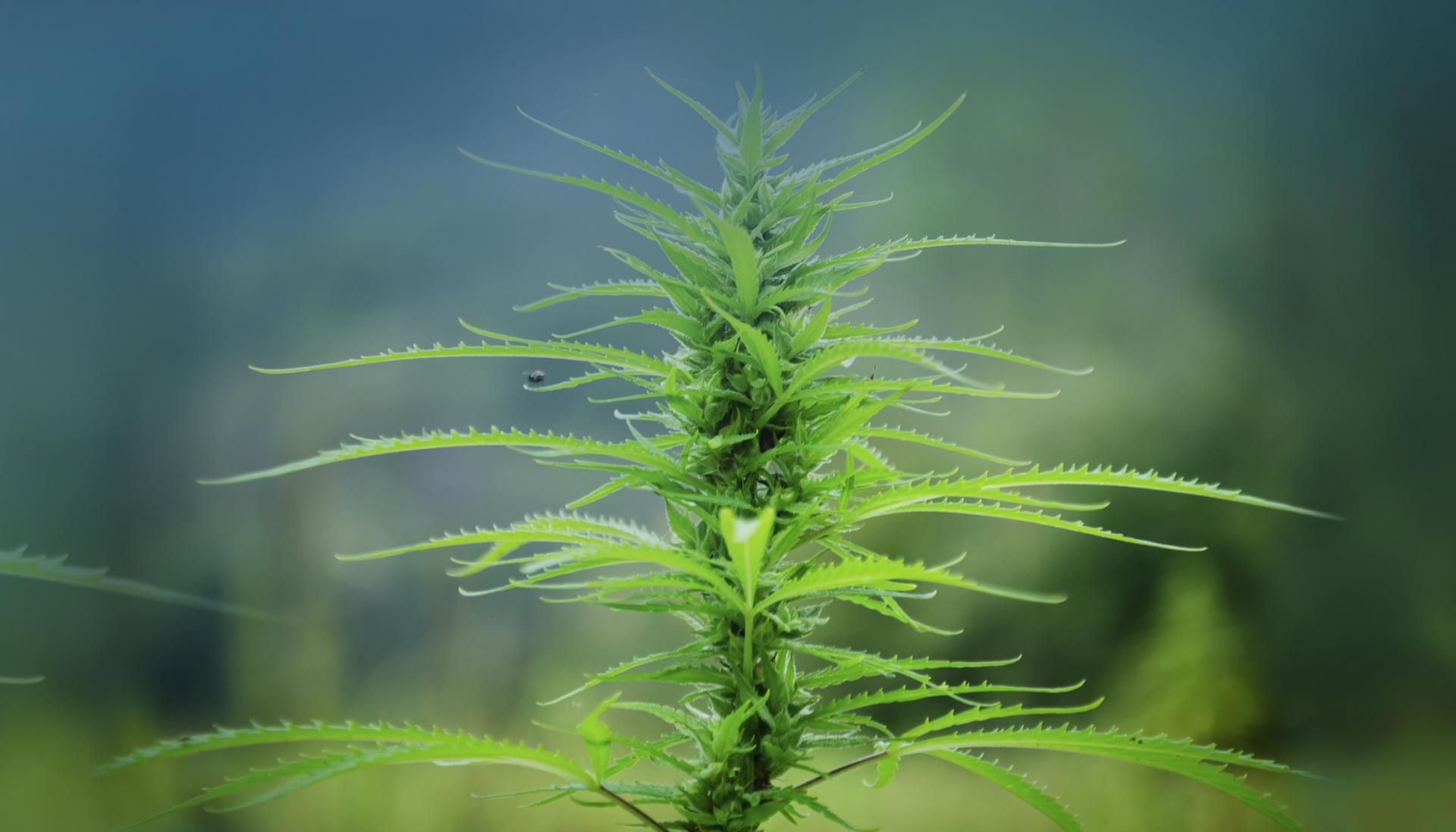U.S. Hemp Food, Beauty Sales Climbed to $283 Million in 2015
New SPINS data shared by the Hemp Industries Association estimates the market for hemp food, supplement, and body care products grew by 10.4% last year.
Photo © iStockphoto.com/AlenaPaulus

Hemp retail sales continue to rise steadily in the United States, with hemp foods, body care products, and dietary supplements making up nearly half of the country’s $573-million hemp market in 2015. That’s according to sales data collected by market research firm SPINS and shared by the Hemp Industries Association (HIA; Summerland, CA).
Within total U.S. hemp sales, food, supplement, and personal care products accounted for $283 million in sales in 2015-a 10.4% growth rate over the previous year, according to HIA. Sales of these hemp categories grew at a slightly higher pace in conventional retailers than in natural retailers last year, with growth rates of 11.25% and 9.43%, respectively.
A closer breakdown of the U.S. hemp market reveals that personal care products are the largest category (26%), followed by industrial applications (20%), consumer textiles (17%), food (16%), hemp cannabidiol (CBD; 11%), supplements (8%), and other consumer products (2%).
“Sales of popular hemp items like non-dairy milk, shelled seed, soaps, and lotions have continued to increase, complemented by successful hemp cultivation pilot programs in several states, and increasing grassroots pressure to allow hemp to be grown domestically on a commercial scale once again for U.S. processors and manufacturers,” said HIA, in its announcement.
What’s more, the total hemp market figure of $573 million may actually “significantly underestimate” sales, as SPINS data excludes Whole Foods Market, Costco, and certain other retailers, HIA explained.
New Formula for Estimating Hemp Sales
HIA’s 2015 figures may come as a bit of a surprise to anyone who has followed similar market estimates from past years, as the new $573-million figure for the U.S. hemp market is actually less than last year’s estimate of $620 million. However, this shift is merely due to more detailed data on the market becoming available, HIA claims, rather than a decline in sales.
“Now that more specific information is available, the HIA has updated its formula to reflect a more conservative, but more accurate estimate for the hemp market for 2015,” according to HIA’s announcement. “Hence, the shift from the 2014 figure of $620 million to the 2015 estimate of $573 million does not demonstrate a decrease in the actual hemp market; rather, it reflects a more precise means of estimated the actual industry for 2015. The data for 2015 that assert 10.4% growth from 2014 to 2015 demonstrate a strong rate of market increase for hemp products in food and body care.”
Nonetheless, 2015’s estimated growth rate of 10.4% is down somewhat from previous years, compared to the estimated 21.2% growth in 2014, 24% growth in 2013, and 16.5% growth in 2012. It is higher, though, that the 7.3% estimated growth in 2011.
Growing Domestically
One factor behind the hemp market’s growth is likely that more farmers are growing hemp across the United States, as more than half of the states have now legalized hemp cultivation. HIA estimates that in 2015, approximately 3,997 acres of hemp crops were planted across seven states.
“To date, 28 states have passed legislation that allows hemp farming per provisions set forth in the 2014 Farm Bill, and new businesses representing all industrial fields from foods to car manufacturing are looking to American farmers to meet the growing demand for hemp,” said Eric Steenstra, executive director of the HIA. "Entrepreneurs, manufacturers, farmers, and consumers are all on board to expand the hemp market. We need Congress to pass federal legislation to allow commercial hemp farming nationally, for this ripe industry to finally be able to bloom.”
To that end, the Industrial Hemp Farming Act was introduced in both the House of Representatives (H.R. 525) and the Senate (S. 134) in January of 2015. If passed, it would remove all federal restrictions on the cultivation of industrial hemp and remove its classification as a Schedule 1 controlled substance, where it currently resides next to high-risk drugs like heroin and cocaine.
Read more:
Will Hemp CBD Be a Drug or a Dietary Supplement Ingredient?
FDA’s Latest CBD Warning Letters Cite Health Claims, Drug Applications
New Technology May Enhance Hemp CBD Bioavailability
Michael Crane
Associate Editor
Nutritional Outlook Magazine
michael.crane@ubm.com
Prinova acquires Aplinova to further increase its footprint in Latin America
April 7th 2025Prinova has recently announced the acquisition of Brazilian ingredients distributor Aplinova, which is a provider of specialty ingredients for a range of market segments that include food, beverage, supplements, and personal care.










